Posted on May 21st in News
Samantha White
Burns Times-Herald
The Eastern Oregon Agricultural Research Center (EOARC) hosted a Beef
Cattle Field Day Thursday, May 15 at the Harney County Fairgrounds. Reinaldo Cooke attended to provide a presentation regarding the
impacts of wolf predation on cattle behavior and stress responses.
Cooke grew up in a mid-sized town in the state of São Paulo, Brazil
and received a bachelor of science degree in animal sciences from São
Paulo State University in 2003. He moved to the United States to attend
graduate school in the fall of 2004 and earned both master of science
(May 2006) and doctorate (December 2008) degrees in animal sciences from
the University of Florida. In January 2009, he joined Oregon State
University (OSU) as an assistant professor, and he is currently
stationed at the EOARC in Burns.
Before moving to Oregon, Cooke contacted the Oregon Cattlemen’s
Association (OCA) to inquire about the challenges facing beef producers
in the state. And, because the animals are not present in Florida and
Brazil, Cooke said he was surprised when the OCA president expressed
concern about wolves. Upon moving westward, Cooke began researching wolves and talking to
producers about the impact that these predators were having on cattle.
Since their reintroduction into Yellowstone National Park, gray
wolves have migrated to western states (including agricultural lands in
Idaho and Oregon) and hunted in livestock grazing areas.
Producers reported losing animals to wolf-related injury and death.
And, on top of that, they said cows that witnessed wolf attacks
exhibited nervous, aggressive and excitable behavior toward humans and
dogs. Producers said these cows also had lower pregnancy rates, were
more sickly, and their calves weighed less.
Cooke hypothesized that these reported responses can be associated
with the stress that cows experienced when they graze lands where wolves
are present. He added that merely sensing (seeing, smelling or hearing)
a predator can elicit these stress responses. And multiple studies by
Cooke and other researchers had already established a link between cow
stress and decreases in their productivity and welfare.
Cooke said this “seems like common sense,” but a scientifically-sound
study was needed to document what producers were observing. Thus, with
funding from the Oregon Beef Council, he began working with other
researchers to develop a controlled environment in which results could
be replicated and recorded.
Cooke simulated a wolf encounter using 100 cows. Fifty were selected
from the EOARC in Burns, and they were unfamiliar with wolves. The other
50 were randomly selected from a commercial operation in Council, Idaho
that had experienced multiple, confirmed wolf predation episodes.
However, none of the Idaho cows were directly predated or injured by
wolves.
The Idaho cows were relocated to the EOARC and given about two months
to acclimate to the new environment and co-mingle with the Burns cows
before the study took place. At the beginning of the study, all of the cows were processed to
determine their baseline stress values. They were assigned a chute score
(based on their temperament and how fast they exited the squeeze
chute); blood samples were taken to measure their cortisol (stress
hormone) levels; and thermometers were planted to take their
temperatures.
Cooke said pre-simulation scores showed that the Idaho cows were
already more aggressive than the Burns cows, and they had higher levels
of cortisol. The cows were then sorted by previous wolf exposure and placed in two
adjacent dry lot pens separated by a fence line. Next, they were
exposed to a 20-minute
simulated wolf encounter.
Three sensory cues were used to simulate the presence of wolves. The
scent cue was created by attaching cotton plugs saturated with wolf
urine to the fence line. The auditory cue was created by playing
previously-recorded wolf howls on a stereo that was placed out of the
cows’ site. And, for the visual cue, three trained dogs with physical
characteristics resembling wolves were walked on leashes outside the
perimeter of the fence. “What we found was that, as soon as we started the wolf howls, the
Idaho cows formed a protective formation,” Cooke said, explaining that
they bunched up in the corner of the pen. “To use slang, they basically
freaked out.”
On the contrary, the Burns cows didn’t show any signs of stress and even seemed curious about the dogs. The cows were processed again to determine their stress values after
the simulated encounter. After the simulation, the Idaho cows acted more
aggressive in the chute, had a 30 percent increase in cortisol levels,
and a greater increase in body temperate (compared to the Burns cows).
Cooke explained that body temperature increases with stress, adding that it’s “not a very good thing for health and production.”
Chute scores for Burns cows remained the same before and after the
simulation, as did their cortisol levels. They had a mild increase in
temperature, but researchers believe it could be attributed to handling
and physical activity. “That basically documents and supports what producers have been
telling us over the last few years,” Cooke said, explaining that the
simulated encounter increased excitability and fear-related
physiological stress responses in cows that were previously exposed to
wolves, but not in cows that were unfamiliar with them.
Cooke added that the study simulated a single wolf encounter, and he
asked the audience to imagine the impact of multiple encounters over
time. He asserted that cows can develop a chronic stress response that
is similar to post-traumatic stress disorder. “It’s a huge extrapolation, but it makes sense on the stress subject,” Cooke said.
He explained that, like the soldiers who are fighting for their lives
in Afghanistan, cows that are consistently exposed to wolves have a
constant fear of dying. Both can develop a memory of that fear, and a
stress response can occur if that memory is triggered. “Once they [the cows] develop this memory and they understand that
wolves are predators, every time they see, hear or smell wolves, they
are going to get a stress response,” Cooke explained. He added that this
stress can have “pretty deep implications on productivity.”
And Cooke said this loss of productivity can translate into economic losses for producers. “We believe that loss in productivity because of the stress that cows
go through is putting a ding on profitability,” Cooke said.
John Williams, an OSU extension agent in Wallowa County, estimated
that wolves in Northeastern Oregon could cost producers around $261 per
head of cattle, including $55 for weight loss and $67 for lower
pregnancy rates.
Cooke said he doesn’t know of any established wolf packs in the Burns
area. However, he said wolves “reproduce pretty fast,” and as the wolf
population grows in the state, “new packs could be established that
could move west and south and more into our area.”
After the presentation, a member of the audience asked whether the
research could be put forward to policy makers to help inform management
decisions. Cooke said the study was a “good start,” but suggested that more
research be conducted to better understand the impacts of wolves on beef
cattle productivity and welfare, as well as determine ways that wolves
and livestock might coexist. “This is the first step on a long ladder that we have to climb,”
Cooke said. “We are just beginning to understand how wolves can impact
beef cattle.”
He added, “I think all species have the right to thrive. We need to
keep doing research to understand how wolves impact cattle production,
which is the main agricultural commodity in the state. Also, we need to
see how beef production impacts wolf population dynamics.”
source

 Mexican wolf
Mexican wolf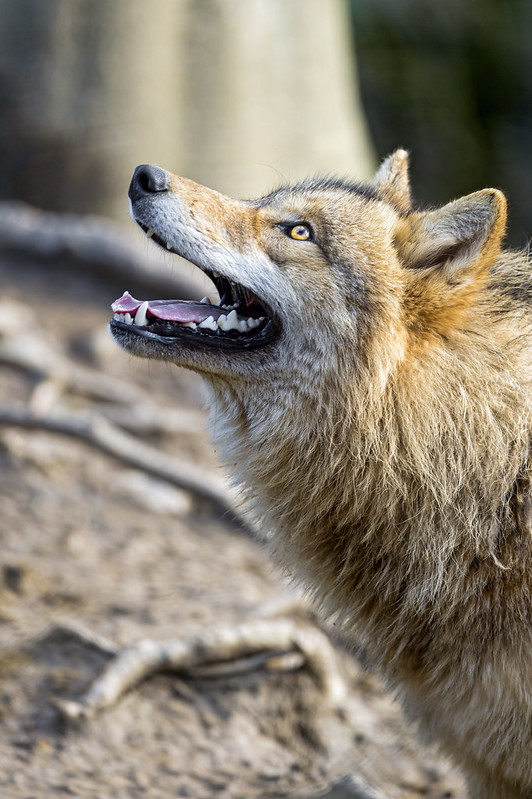

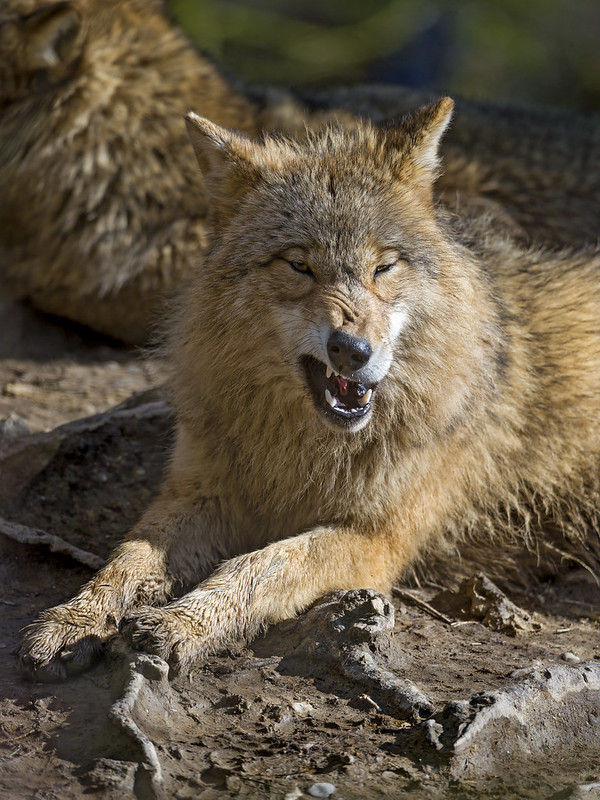
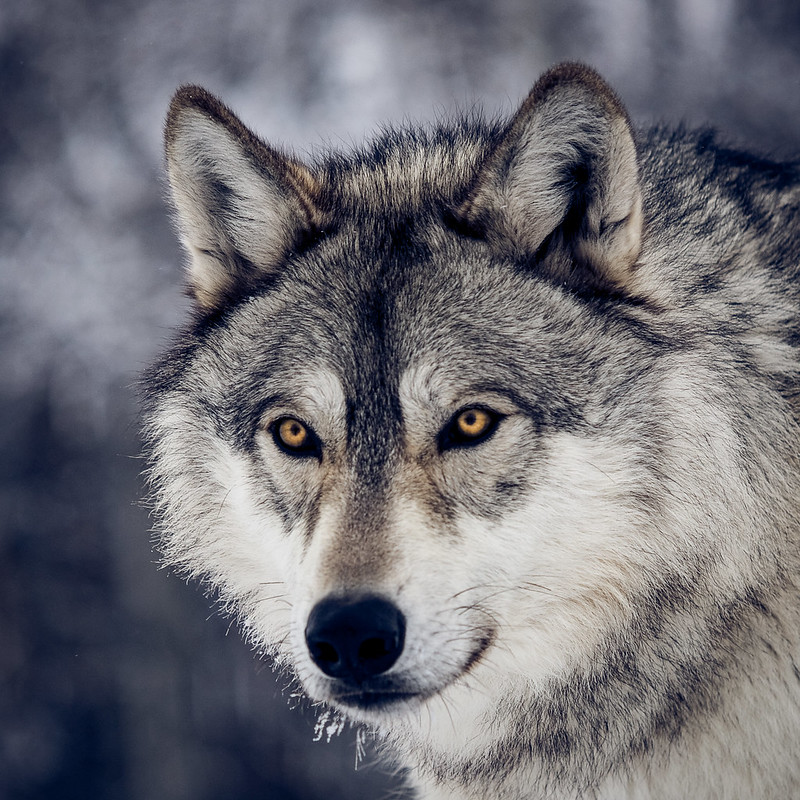
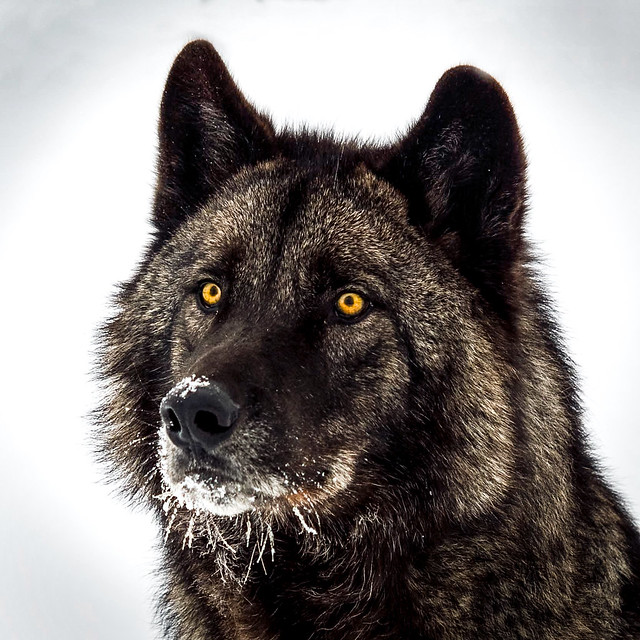


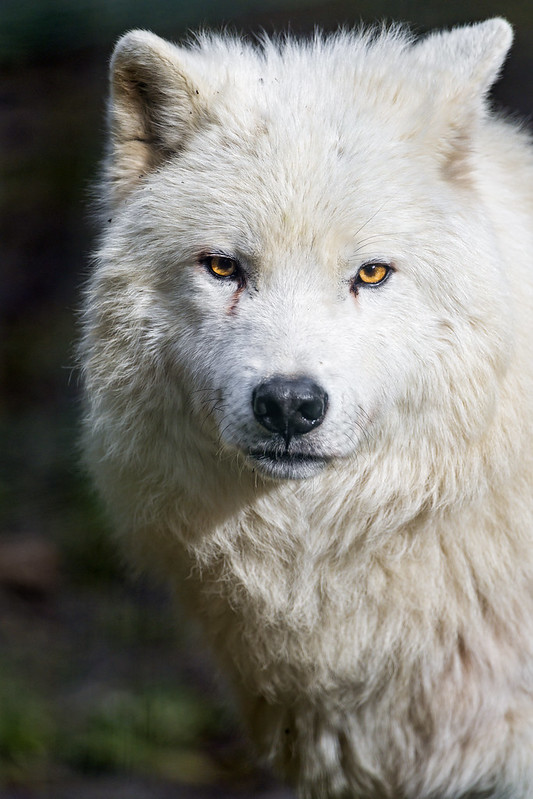
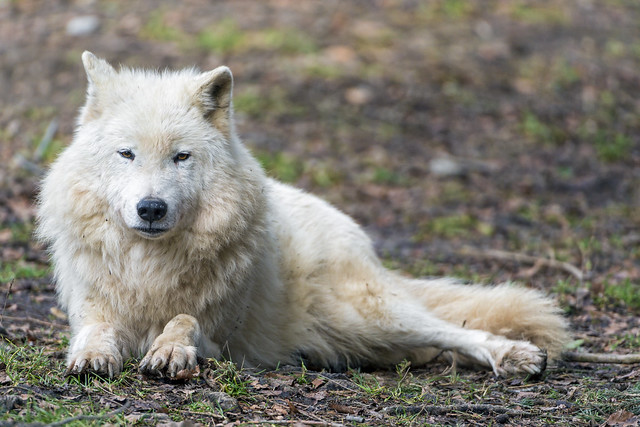 Arctic Wolf
Arctic Wolf